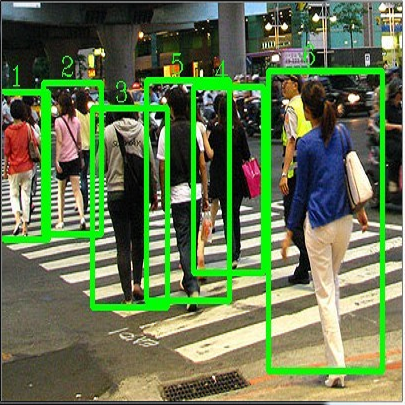Object detection methods have witnessed impressive improvements in the last years thanks to the design of novel neural network architectures and the availability of large scale datasets. However, current methods have a significant limitation: they are able to detect only the classes observed during training time, that are only a subset of all the classes that a detector may encounter in the real world. Furthermore, the presence of unknown classes is often not considered at training time, resulting in methods not even able to detect that an unknown object is present in the image. In this work, we address the problem of detecting unknown objects, known as open-set object detection. We propose a novel training strategy, called UNKAD, able to predict unknown objects without requiring any annotation of them, exploiting non annotated objects that are already present in the background of training images. In particular, exploiting the four-steps training strategy of Faster R-CNN, UNKAD first identifies and pseudo-labels unknown objects and then uses the pseudo-annotations to train an additional unknown class. While UNKAD can directly detect unknown objects, we further combine it with previous unknown detection techniques, showing that it improves their performance at no costs.
翻译:在过去几年里,由于设计了新的神经网络结构,以及提供了大规模数据集,物体探测方法取得了令人印象深刻的改进。然而,目前的方法有相当大的局限性:它们只能探测到在培训期间观察到的班级,而只是探测器在现实世界中可能遇到的所有班级的一个子。此外,在培训期间,往往不考虑是否存在未知班级,导致甚至无法探测图像中存在未知对象的方法。在这项工作中,我们解决了探测未知对象的问题,即所谓的开放天体探测。我们提出了一个新颖的培训战略,称为UNKAD,能够预测未知对象而无需任何说明,利用培训图像背景中已经存在的非注解对象。特别是,利用快速R-CN的四步培训战略,UNKAD首先识别和假标签未知对象,然后使用假标签来训练另一个未知的班级。虽然UNKAD可以直接探测未知对象,但我们进一步将其与先前的未知的探测技术结合起来,表明它不会提高它们的成本。



